- Publisher : Your Online Publicist
- Publication Date : April 2021
- Pages : 384
- Product Dimensions : 6 x 9
- Genre : Religion & Spirituality
- Paperback ISBN : 978-1-63892-016-8
- Hardcover ISBN : 978-1-63892-020-5
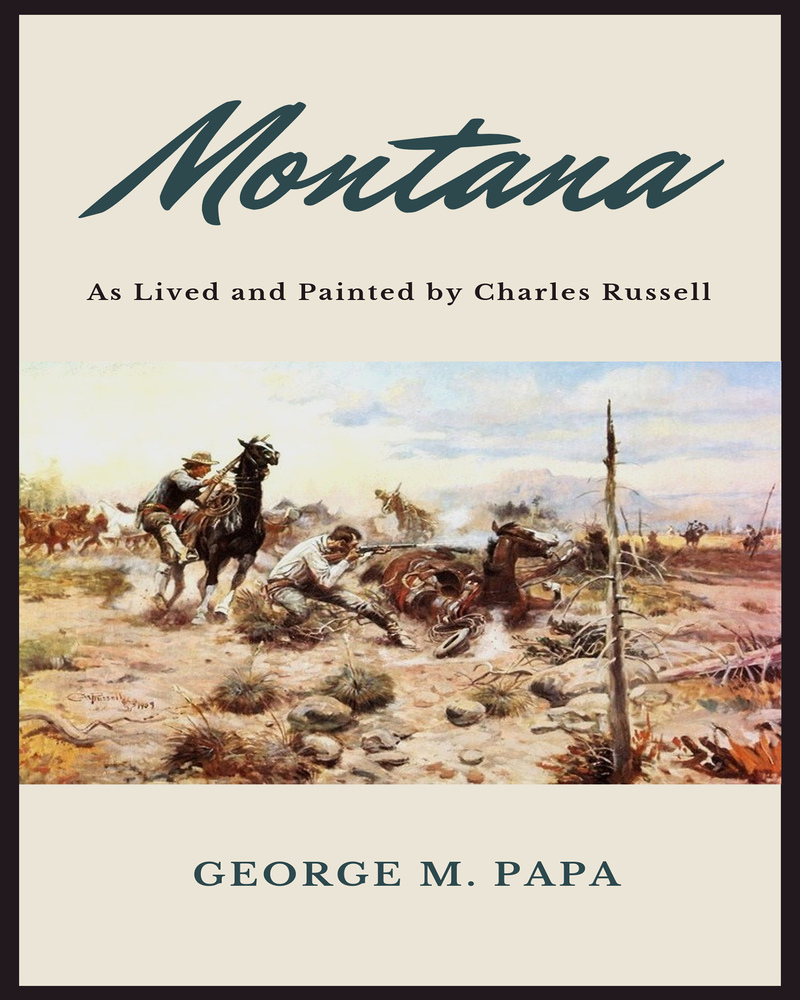
Montana: As Lived and Painted by Charles Russell
George M. Papa
George M. Papa (1943 – ) was born in Chicago during WWII, being the oldest child of a Catholic, Croatian, sailor father and a devout many-generation Mormon mother from Northern Arizona, who had graduated from Brigham Young University. Two weeks after his birth, George and his Mother moved to Snowflake, Arizona to live with her parents and to wait out the war. However, the month before George was born, his father converted to Mormonism so George would not be born a half breed. After the war, George’s parents settled in Northern Arizona where four more sons were born.
Absolutely a fun, surprising, highly intellectual and mesmerizing epic! This book is the true life-story of Charles M. Russell, a real dollar-a-day cowboy on the open range, who also happened to be an amazing artist, but he was a better story teller. This book will make a grown man cry and laugh a hundred times from cover to cover. This is not an ordinary western. This electric epic captures the true spirit of ‘the way it was’ in the wild and enchanted west, before it got plowed under by ‘nesters.
Charlie was a most improbable child who hijacked a destiny and a legacy that was beyond imagination. He was born on March 19, 1864 to wealthy parents in St. Louis who owned a coal mine, ranch and a brick yard plus a large and prosperous mercantile store, which outfitted traders, trappers and other renegades who were heading west up the Missouri River. Charlie could have gone to his choice of college then step into an executive position in his vast family empire, but this was not to be.
All Charlie wanted to do was ride ponies, draw pictures of cowboys, horses, buffalo and Indians and dream of every adventure that might happen on the wild frontier.
Finally, his father relented, and at age 15 Charlie was allowed to go west. His father hoped his son would soon get tired of chasing wild cows and herding them to Dodge, and rush to return to normal society and regular city life.
This did not happen. Charlie was in his element and as long as he had a fresh horse every day, and a place at the chuck wagon with the guys, he was there to stay. He was the life of the party, the straw that stirred the drink, the guy that pushed the envelope and told the best jokes. He was also an astonishing artist. He painted what he saw, and he saw a lot. His photographic memory allowed him to see an event and reproduce it right down to the brand on the horse and the color of the cowboy’s shirt. Also, his scenes were always full of action. He did not paint a horse standing asleep out under the apple tree. Instead, his horses were bucking and snorting and falling down trying to avoid the horns of a charging bull, and the rider was sprawled in the dirt. Whenever anyone liked his art, he would often just give it away or only charge a pittance. He figured his time was worth a buck a day as a cowboy, so if it took him a day to draw a picture then it must be worth a dollar.
Charlie became an alcoholic. He also married 19-year old Nancy who agreed to his proposal on condition he would quit the bottle and she would manage his art. She priced his paintings at $500 each, then a thousand, and the wealthy were happy to pay. One day Nancy suggested he do 20 paintings and they get on a train to do a show in New York, then another in London. Along the way Charlie shared his yarns with senators, governors, queens and Wall Street tycoons. The price of his works also rose to over $40,000 each. Today his majors are worth well over $5 million each.
“A Collection of Paintings Will Bring Us Back to the Wild Era of Montana
In the vast Judith River Valley, where cattle roamed free, and hustlers, gamblers, gold diggers, and other characters abounded, Charlie Russell was a real legend. Quick guns and fast horses were, in reality, a daily necessity to survive among the cunning Indians and other surprises of that bygone age. Helena’s Cosmopolitan Hotel, where Madam Chicago Jo Hensley ran a tight ship upstairs, is included.
Ride along with Charlie on a tumultuous cattle drive with the guys to Miles City’s railhead, where everyday saloon life made WWI resemble a church choir practice.
It all started in 1879, when Charlie, at the tender age of 15, persuaded his multimillionaire father to let him abandon the family empire in St. Louis and travel west. He became so enamored with the West that he started to paint it. His photographs were not ordinary. They all had a lot of zeal, sass, and action.
He didn’t simply paint a horse standing in the apple orchard. Charlie’s horses were jumping, riding, bucking off their rider, falling, and so forth. His works were bursting at the seams with activity. He was the first person west of the Mississippi River to use a Polaroid camera. He didn’t simply paint a horse standing in the apple orchard. Charlie’s horses were jumping, riding, bucking off their rider, falling down, and so forth. His works were bursting at the seams with activity.
In fact, he was the first person west of the Mississippi River to use a Polaroid camera. Initially, he simply gave away his paintings to someone who wanted them. If anyone insisted on paying for one, he reasoned that because he was paid a dollar a day to punch cows, a painting that took five days to complete could be worth five dollars. His majors are now worth more than $5 million each.
“Charlie, why don’t you paint about 20 pictures and we’ll get on a train for New York and put on a show,” his wife suggested one day. They were successful. They then traveled to London. After that, the rest is history. Charlie was the ultimate hero and grandmaster of all Western art, as this collection, which contains more than 100 of his masterpieces, demonstrates.
Charlie, though, was a better storyteller than he was a painter. Furthermore, author George Papa is the first writer in the world to combine the standard prose style with that of a feature film movie script, capturing the effect of reading a movie script.”
Be the first to review “Montana: As Lived and Painted by Charles Russell by George M. Papa”
You must be logged in to post a review.



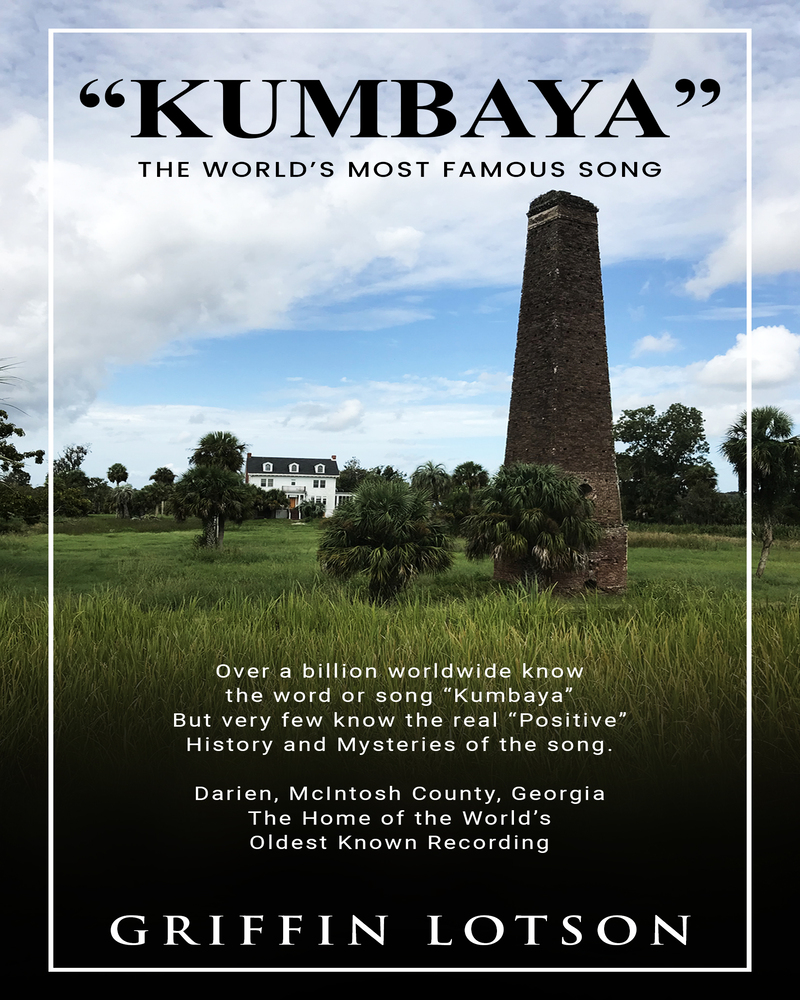

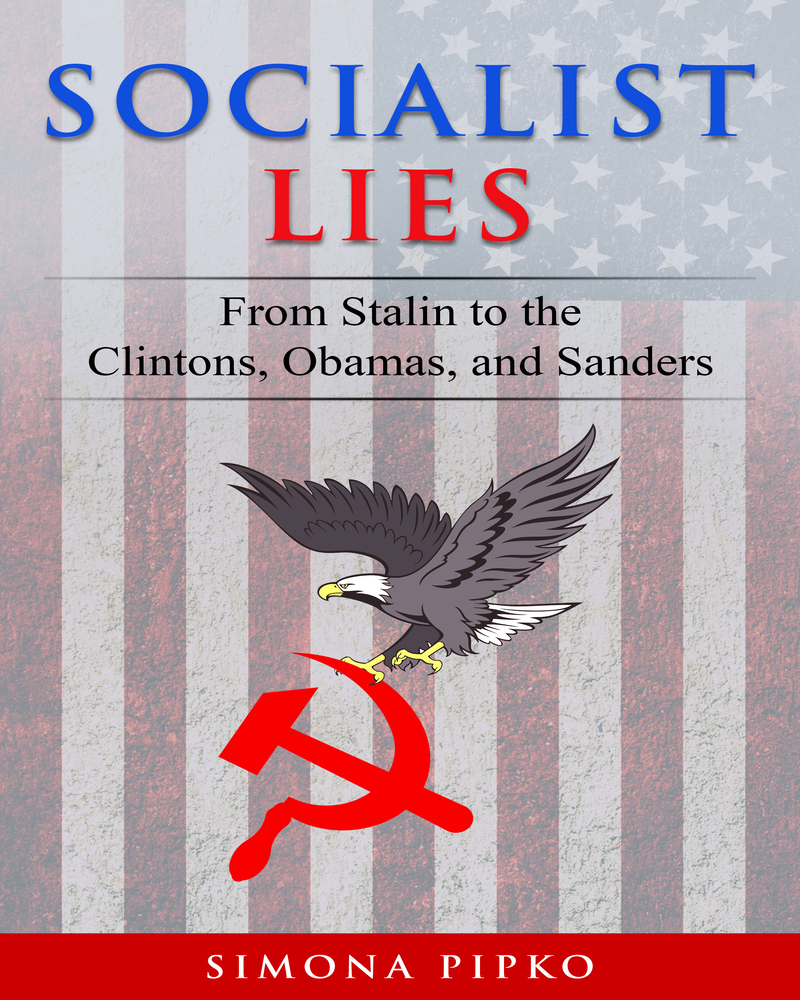
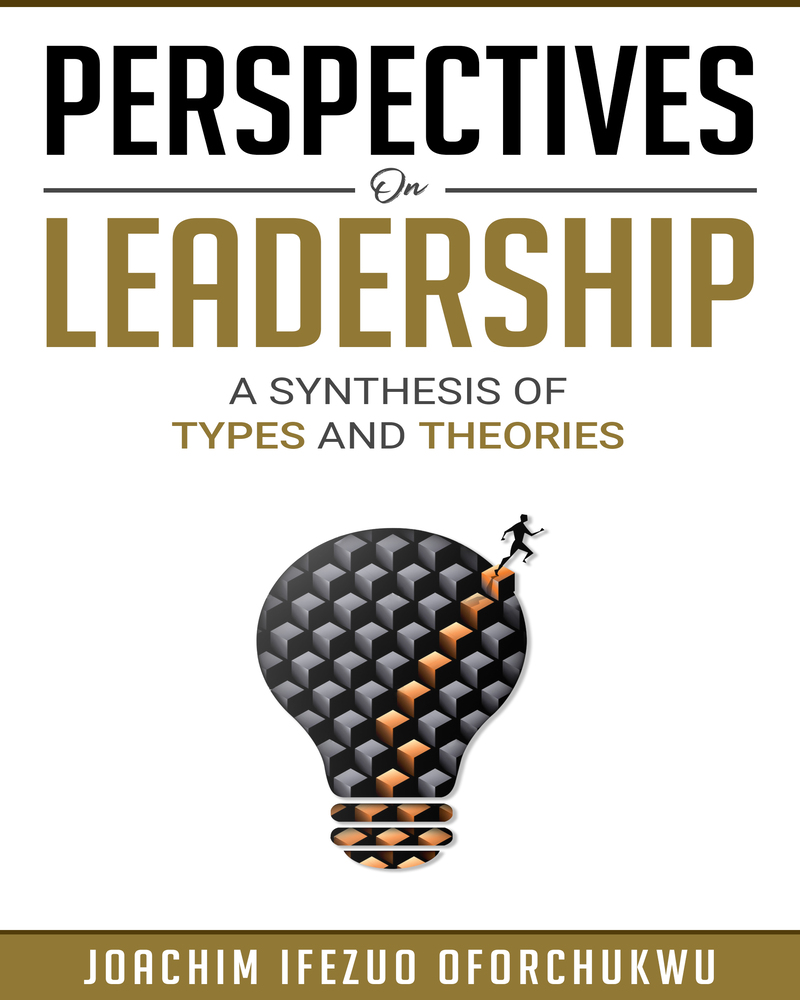

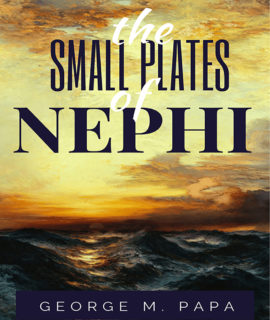
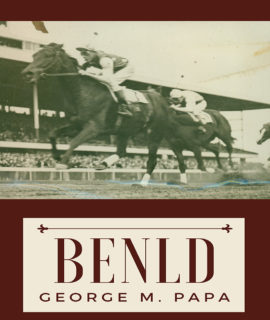
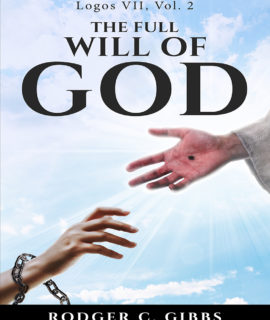
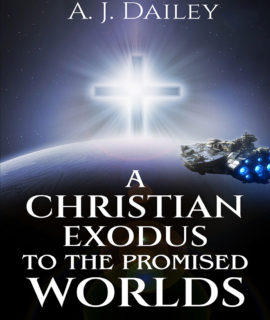
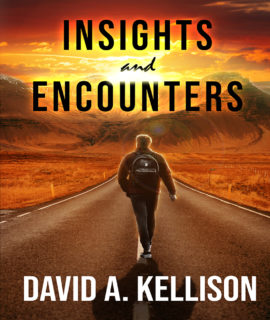
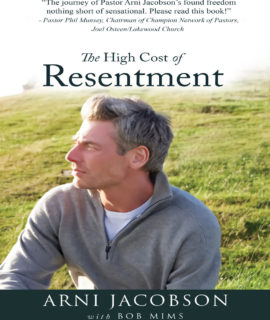
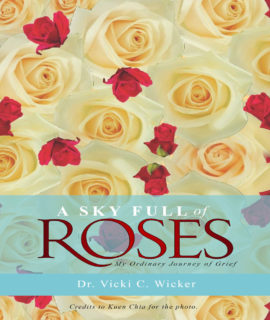
Reviews